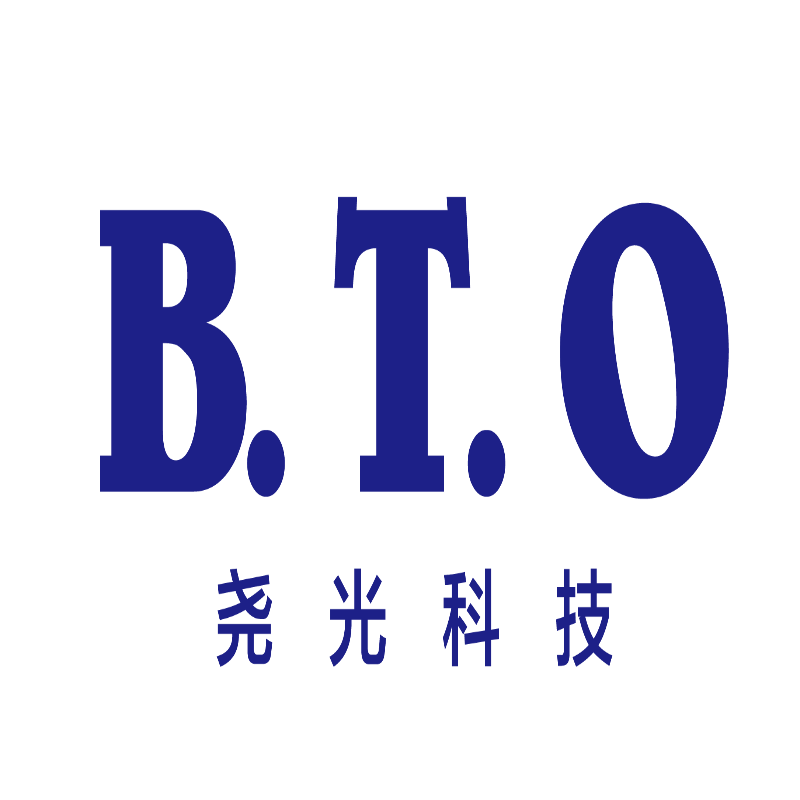The trend of loose supply of beans to suppress the trend after the market or will continue to bottom
-
Last Update: 2020-07-01
-
Source: Internet
-
Author: User
Search more information of high quality chemicals, good prices and reliable suppliers, visit
www.echemi.com
the first half of 2013 continued the trend of the weak market continued the trend of the end of last year, and in the face of the slow recovery of the macro-economy and oil oil overall loose supply and demand situation, we expect the second half of 2013 beans will continue to shock lower, bottoming waiting for the rebound situation5wU, market review5wUas a whole, the first half of 2013 beans market is basically a continuation of the trend in the second half of 2012: even beans to maintain the trend of shock since the end of 2012, but the shock range has narrowed, the overall three-triangle finishing trend; Near the middle of the year, the USDA reported continuous negatives caused the pulse to show a sustained downward shift in the center of gravity, even the bean main began to challenge the triangle finishing of the lower track position;5wU
External: U.Ssoybeans, U.Ssoybean meal and U.Ssoybean oil trend similar, the overall maintenance of weak trend, of which soybean oil is the weakest, has created a new low, soybean meal slightly stronger but also limitedIn the second quarter of this year, China's demand for main feed soybean flour decreased, as a result of the bird flu outbreak, and consumption of edible oil and meat slowed due to factors such as slowing economic growth in ChinaFor the latter, China's soybean imports are expected to fall in the coming year, starting in OctoberAt the same time, due to the global soybean reserves, prices will decline accordingly, the global soybean oversupply situation will be more serious, which is the main reason for the u.Ssoybean trend so far this year5wU
Second, influence factors analysis 5wU (i) domestic macroeconomic environment 5wU CPI data, statistics data show that China's CPI rose 2.4% yoY in January-May Inflation has a tendency to fall sharply, and the PPI has fallen into deflation, inflationary pressures will weaken significantly in the future, and as the recent central bank policy is substantially tight, more caution arymarring of deflation risks We believe that the current overcapacity, insufficient demand is the main contradiction, so in the context of global quantitative easing, after the third quarter of "robust" monetary policy to regulate the economic structure, the central bank may be late in the second half of the year to support the real economy of monetary policy, such as monetary policy to neutral loose, specific measures should be open market release liquidity-based, but the reduction of the reserve requirement ratio is not impossible 5wU
(b) The international macroeconomic situation 5wU global economic growth is expected to accelerate in the second half of this year, and the loose monetary environment will continue 5wU
On the U.S side, the Fed has begun talking about a gradual exit from qE, but we expect it to continue to buy $85 billion a month until the end of the year 5wU
On the Japanese side, japan's aggressive monetary policy, given the country's long-standing "zombieization", the adjustment process is bound to be very difficult, the Bank of Japan is also expected to expand its balance sheet, further stimulus monetary policy 5wU
On the euro zone side, fiscal policy in Europe is expected to gradually ease in the second half of this year or next, so the recession is expected to end in Europe 5wU
Finally, we analyze international commodity markets, the "super-cycle" at the end of commodity pricestability or even decline to curb inflation, which in essence provides the monetary easing policy of countries to provide room for relief, therefore, we expect central banks in the context of the global easing wave, will also be through interest rate cuts or expand balance sheets, further easing of monetary policy, thereby supporting economic growth 5wU the trend of loose suppression of the supply of beans after the market or will continue to bottom the easing of the trend of the supply of beans after the market or will continue to bottom (2) the easing of the trend of the supply of beans after the market or will continue to bottom (3) the trend of loose suppression of the supply of beans after the market or will continue to bottom (4) 1 / 4 1 2 3 4 Next End the first half of 2013 continued the trend of the weak market continued the trend of the end of last year, and in the face of the slow recovery of the macro-economy and oil oil overall loose supply and demand situation, we expect the second half of 2013 beans will continue to shock lower, bottoming waiting for the rebound 5wU , market review 5wU as a whole, the first half of 2013 beans market is basically a continuation of the trend in the second half of 2012: even beans to maintain the trend of shock since the end of 2012, but the shock range has narrowed, the overall three-triangle finishing trend; Near the middle of the year, the USDA reported continuous negatives caused the pulse to show a sustained downward shift in the center of gravity, even the bean main began to challenge the triangle finishing of the lower track position; 5wU
External: U.S soybeans, U.S soybean meal and U.S soybean oil trend similar, the overall maintenance of weak trend, of which soybean oil is the weakest, has created a new low, soybean meal slightly stronger but also limited In the second quarter of this year, China's demand for main feed soybean flour decreased, as a result of the bird flu outbreak, and consumption of edible oil and meat slowed due to factors such as slowing economic growth in China For the latter, China's soybean imports are expected to fall in the coming year, starting in October At the same time, due to the global soybean reserves, prices will decline accordingly, the global soybean oversupply situation will be more serious, which is the main reason for the u.S soybean trend so far this year 5wU
Second, influence factors analysis 5wU (i) domestic macroeconomic environment 5wU CPI data, statistics data show that China's CPI rose 2.4% yoY in January-May Inflation has a tendency to fall sharply, and the PPI has fallen into deflation, inflationary pressures will weaken significantly in the future, and as the recent central bank policy is substantially tight, more caution arymarring of deflation risks We believe that the current overcapacity, insufficient demand is the main contradiction, so in the context of global quantitative easing, after the third quarter of "robust" monetary policy to regulate the economic structure, the central bank may be late in the second half of the year to support the real economy of monetary policy, such as monetary policy to neutral loose, specific measures should be open market release liquidity-based, but the reduction of the reserve requirement ratio is not impossible 5wU
(b) The international macroeconomic situation 5wU global economic growth is expected to accelerate in the second half of this year, and the loose monetary environment will continue 5wU
On the U.S side, the Fed has begun talking about a gradual exit from qE, but we expect it to continue to buy $85 billion a month until the end of the year 5wU
On the Japanese side, japan's aggressive monetary policy, given the country's long-standing "zombieization", the adjustment process is bound to be very difficult, the Bank of Japan is also expected to expand its balance sheet, further stimulus monetary policy 5wU
On the euro zone side, fiscal policy in Europe is expected to gradually ease in the second half of this year or next, so the recession is expected to end in Europe 5wU
Finally, we analyze international commodity markets, the "super-cycle" at the end of commodity pricestability or even decline to curb inflation, which in essence provides the monetary easing policy of countries to provide room for relief, therefore, we expect central banks in the context of the global easing wave, will also be through interest rate cuts or expand balance sheets, further easing of monetary policy, thereby supporting economic growth 5wU
This article is an English version of an article which is originally in the Chinese language on echemi.com and is provided for information purposes only.
This website makes no representation or warranty of any kind, either expressed or implied, as to the accuracy, completeness ownership or reliability of
the article or any translations thereof. If you have any concerns or complaints relating to the article, please send an email, providing a detailed
description of the concern or complaint, to
service@echemi.com. A staff member will contact you within 5 working days. Once verified, infringing content
will be removed immediately.







